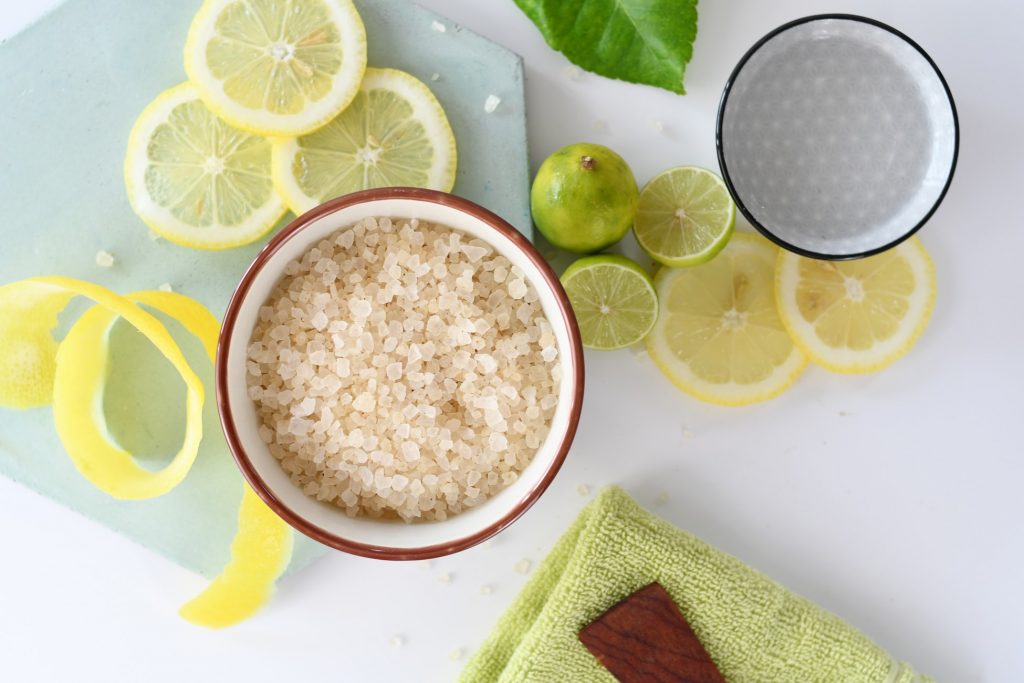There are so many reasons to love shortbread as much as I do and among them are its almost universal appeal and almost infinite variability. Oh, and the ingredients are ones you’ve almost always got on hand. The cookies are quick to put together — you can have them in the oven in about 15 minutes. And they’re easy.
I’m giving you a recipe for lemon–poppy seed shortbread, but take a look at Playing Around for a few other ideas, and forage in your pantry. Next time, you might want to use cinnamon or cardamom, sesame seeds or chopped walnuts, chocolate chips or espresso, butterscotch bits or candied orange zest. —Dorie Greenspan.
This recipe is excerpted form Dorie’s Cookies by Dorie Greenspan, Rux Martin, Houghton Mifflin, 2016.

1. To make the shortbread, center a rack in the oven and preheat it to 350 degrees F. Butter an 8-inch round cake pan, dust the interior with flour, and tap out the excess. (Or lightly butter a 9-inch glass pan or pie plate, line it with a parchment paper circle, and dust with flour.)
2. Toss the sugar and salt into the bowl of a stand mixer, or in a large bowl in which you can use a hand mixer. Add the lemon zest and rub the ingredients together with your fingertips until the sugar is moist and fragrant. If using a stand mixer, fit it with the paddle attachment. Add the butter to the bowl and beat on medium speed until the mixture is smooth, about 2 minutes. Beat in the vanilla and lemon oil or extract.
3. Turn off the mixer, add the flour all at once and mix on low speed. When the flour is incorporated, add the poppy seeds and continue to mix on low until you’ve got a bowl of soft, moist curds and crumbs, about 2 minutes. Squeeze a few curds, and if they hold together, you’re there. (You don’t want to mix the dough until it comes together uniformly).
4. Turn the crumbs out into the pan and pat them down evenly. To smooth the top, “roll” the crumbs using a spice bottle as a rolling pin. (You can also tamp down the crumbs with the bottom of a small measuring cup.) There’s no need to be overly forceful; the point is to knit the crumbs together and compress them. Using the tines of a dinner fork and pressing straight down so that you hear the metal tap against the pan, prick lines of holes in the dough to create a dozen wedges. Finish by pressing the bottom of the tines horizontally around the edges of the dough, as though you were crimping a piecrust, to create a decorative edge. Alternatively, you can make shortbread fingers by pricking a cross in the dough to divide it into quarters and then, working from the top down, pricking vertical lines — the edge pieces will be odd-shaped, but that’s just fine. Or you can make squares or diamonds; again you’ll have a few odd pieces.
5. Bake the shortbread for about 25 minutes, rotating the pan after 12 minutes, or until the top feels firm to the touch and the edges have a tinge of color; the center should remain fairly pale. Transfer the pan to a rack and allow it to rest for 3 minutes. If the holes that defined the wedges or other shape have closed, re-prick them. Carefully run a table knife between the sides of the pan and the shortbread and even more carefully turn the shortbread over onto the rack; peel away the paper, if you used it. Then invert onto a cutting board and, using a long sturdy knife or a bench scraper, cut the shortbread along the pricked lines; lift the pieces back onto the rack and allow them to cool before icing or serving.
6. To make the icing and finish the cookies (optional), put the confectioners’ sugar in a small bowl, add 1 tablespoon milk or lemon juice, and stir to blend. If the icing is too thick to brush, spread or drizzle smoothly and easily, add more milk or juice drop by drop. You can just drizzle the icing over each wedge or, using a pastry brush or a small icing spatula, you can ice each wedge, covering it entirely or leaving the borders bare. Sprinkle a few poppy seeds or grains of sugar on each fan, if you’d like, and let the icing set.
Store packed in a tightly covered container. The shortbread will keep for at least 1 week. If you didn’t ice the cookies, they can be wrapped airtight and frozen for up to 2 months.
Playing Around
Vanilla Shortbread. Omit the lemon zest, oil or extract and poppy seeds and increase the vanilla extract to 2 tea- spoons. Ice as directed, if you’d like, but use sanding sugar, not poppy seeds.
Espresso Shortbread. Omit the lemon zest, oil or extract and poppy seeds and beat 11⁄2 teaspoons ground espresso into the butter-sugar mixture. When the short- bread is cool, dust with a combination of cocoa and confectioners’ sugar.
Orange Shortbread. Omit the lemon zest and oil or extract and add the zest of 1 orange or 2 tangerines or clementines and 1⁄4 teaspoon orange oil or extract. Keep the poppy seeds, if you’d like — they’re nice with orange — or add some very finely chopped candied orange peel (page 474).
Shortbread with Nuts or Chips. Flavor the dough as you’d like and then add 1⁄2 cup toasted chopped nuts and/or 1/2 cup chopped chocolate or mini chocolate chips. Or, if you use an add-in like toffee bits, chop them first — the shortbread isn’t really thick enough to handle chunks.
share this: